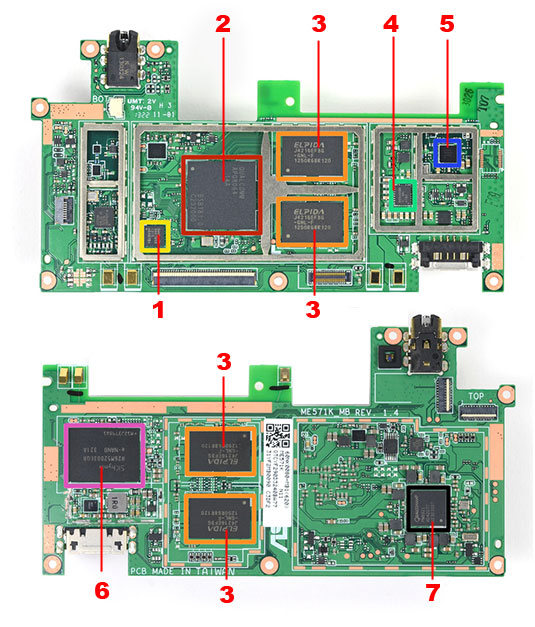I think we should use MyDP (aka SlimPort) like the Nexus 4 and the new Nexus 7:
http://www.vesa.org/news/vesa-enables-mobile-devices-to-share-full-hd-video-and-3d-content-on-any-display-with-release-of-mydp-standard/
http://blog.clove.co.uk/2012/11/02/what-is-slimport/
http://www.tested.com/tech/android/457205-mhl-vs-slimport/
It is a DisplayPort that physically takes the shape of a microUSB port, which allows you to connect to HDMI or DP devices with only a passive cable (or VGA and DVI with active adapters), while still having some bandwidth left to connect some input devices too. So you could connect it to your monitor, connect a mouse and keyboard, and charge your device, all at the same time and by using only one port.
"SlimPort is a new video output standard which works over microUSB, and is effectively an MHL alternative based on the DisplayPort standard administered by VESA. SlimPort is offered both license and royalty free, and supports up to 1080p60 or 1080p30 with 3D content over HDMI 1.4 (up to 5.4 Gbps of bandwidth), in addition to support for DVI, VGA (up to 1366x768 and 720p at 60 Hz), and DisplayPort.
What's different about SlimPort from a user-facing perspective is that external microUSB power is not required for the adapter to work and is instead only required for optional charging. At the same time, the adapters draw no power from the source to operate."
Advantages:
http://www.vesa.org/news/vesa-enables-mobile-devices-to-share-full-hd-video-and-3d-content-on-any-display-with-release-of-mydp-standard/
http://blog.clove.co.uk/2012/11/02/what-is-slimport/
http://www.tested.com/tech/android/457205-mhl-vs-slimport/
It is a DisplayPort that physically takes the shape of a microUSB port, which allows you to connect to HDMI or DP devices with only a passive cable (or VGA and DVI with active adapters), while still having some bandwidth left to connect some input devices too. So you could connect it to your monitor, connect a mouse and keyboard, and charge your device, all at the same time and by using only one port.
"SlimPort is a new video output standard which works over microUSB, and is effectively an MHL alternative based on the DisplayPort standard administered by VESA. SlimPort is offered both license and royalty free, and supports up to 1080p60 or 1080p30 with 3D content over HDMI 1.4 (up to 5.4 Gbps of bandwidth), in addition to support for DVI, VGA (up to 1366x768 and 720p at 60 Hz), and DisplayPort.
What's different about SlimPort from a user-facing perspective is that external microUSB power is not required for the adapter to work and is instead only required for optional charging. At the same time, the adapters draw no power from the source to operate."
Advantages:
- if you don't need video out, you don't have any redundant port: the microUSB port can also be used for just USB or charging
- no licensing fees like HDMI
- unlike MHL, it does not require external power or a MHL-compatible display device
- no dedicated video out port means more room for other features (or a more compact form factor)
- technically superior (DP-based, so more bandwidth etc) to HDMI
- maybe physically not strong enough compared to HDMI or DP?
- less market penetration at the moment
- the only SlimPort adapters currently available are for VGA and HDMI connectors, and they're not very cheap at the moment as far as I can tell




